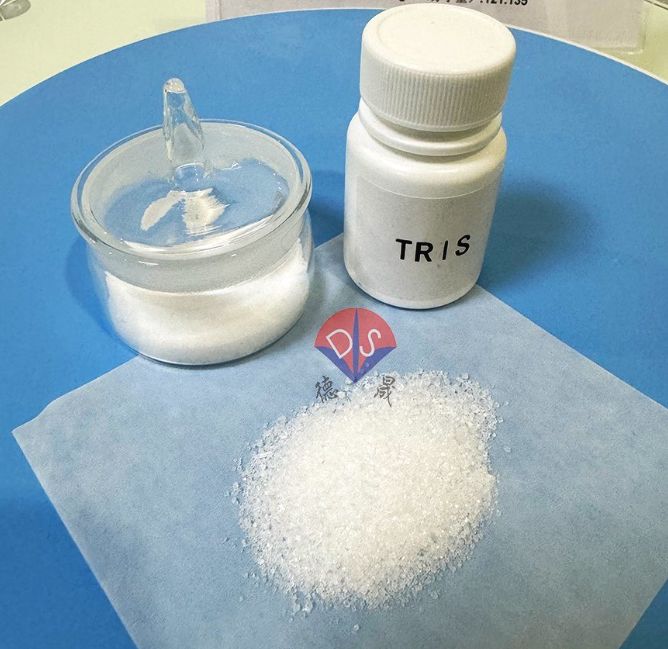Details determine success or failure: how to correctly use DEPC and Tris buffer solutions
Release time:
2025-11-13
In modern life science experiments, RNA extraction and preservation are important steps in studying key processes such as gene expression and regulatory mechanisms. Tris buffer is a commonly used pH buffer and solvent in RNA experiments, and its quality directly affects the accuracy and stability of experimental results. In order to ensure that RNA is not degraded during the experimental process, Tris buffer treated with DEPC has emerged as an indispensable "guardian" in the laboratory.

Tris buffer
The significance of DEPC processing: safeguarding RNA experiments
DEPC (Diethyl Bicarbonate) is a chemical reagent widely used in biological experiments, which can effectively inactivate RNA enzymes and protect the integrity of RNA. In RNA experiments, Tris buffer is often used as a medium for dissolving and stabilizing RNA. However, ordinary Tris buffer may contain trace amounts of RNA enzymes, which can rapidly degrade RNA and affect experimental results. Therefore, Tris buffer treated with DEPC can effectively inhibit the activity of RNAse, ensuring the stability of RNA and the reproducibility of experiments.
The 'subtle relationship' between DEPC and Tris: how to use it correctly
Although DEPC plays an important role in RNA experiments, its interaction with Tris buffer requires special attention. Tris, as an amino containing compound, accelerates the hydrolysis of DEPC, which may affect its enzyme killing effect. Therefore, adding DEPC directly to Tris buffer is not safe. Studies have shown that increasing the concentration of DEPC to 1% can compensate for the effect of Tris on its hydrolysis, thereby achieving the same effect as 0.1% concentration of DEPC.
In addition, a more secure method is to first treat the water with DEPC and then prepare Tris buffer with the treated water. This ensures the inactivation of RNA enzymes in water while avoiding direct reaction between DEPC and Tris, further enhancing the safety and reliability of the experiment.
Preparation of DEPC treated water: details determine success or failure
Due to the conflict between Tris buffer and DEPC, it is also possible to first treat the water with DEPC to inactivate the RNA enzyme, and then dissolve the dried Tris powder in the treated water to prepare the buffer. DEPC slowly dissolves in water and begins to suspend in the solution as small droplets, gradually dissolving after stirring. DEPC decomposes into ethanol and carbon dioxide very slowly, and high-pressure sterilization can be used to destroy DEPC, or the solution can be heated and boiled for more than 15 minutes.

Product packaging
Among numerous TRIS product suppliers, Desheng New Materials, as the direct manufacturer of TRIS, has the ability to independently produce the entire process from raw materials to finished products, ensuring high product purity, stable quality, and small batch differences, which can meet the strict requirements of different experimental scenarios. At the same time, Desheng New Materials can also provide customized services according to customer needs, flexibly responding to various scientific research and production needs.
Previous page
Previous page
Contact details
Contact number
Address: C8, Guanggu United Science and Technology City, Ezhou City, Hubei Province
Fax:0711-3704 589
Follow us



